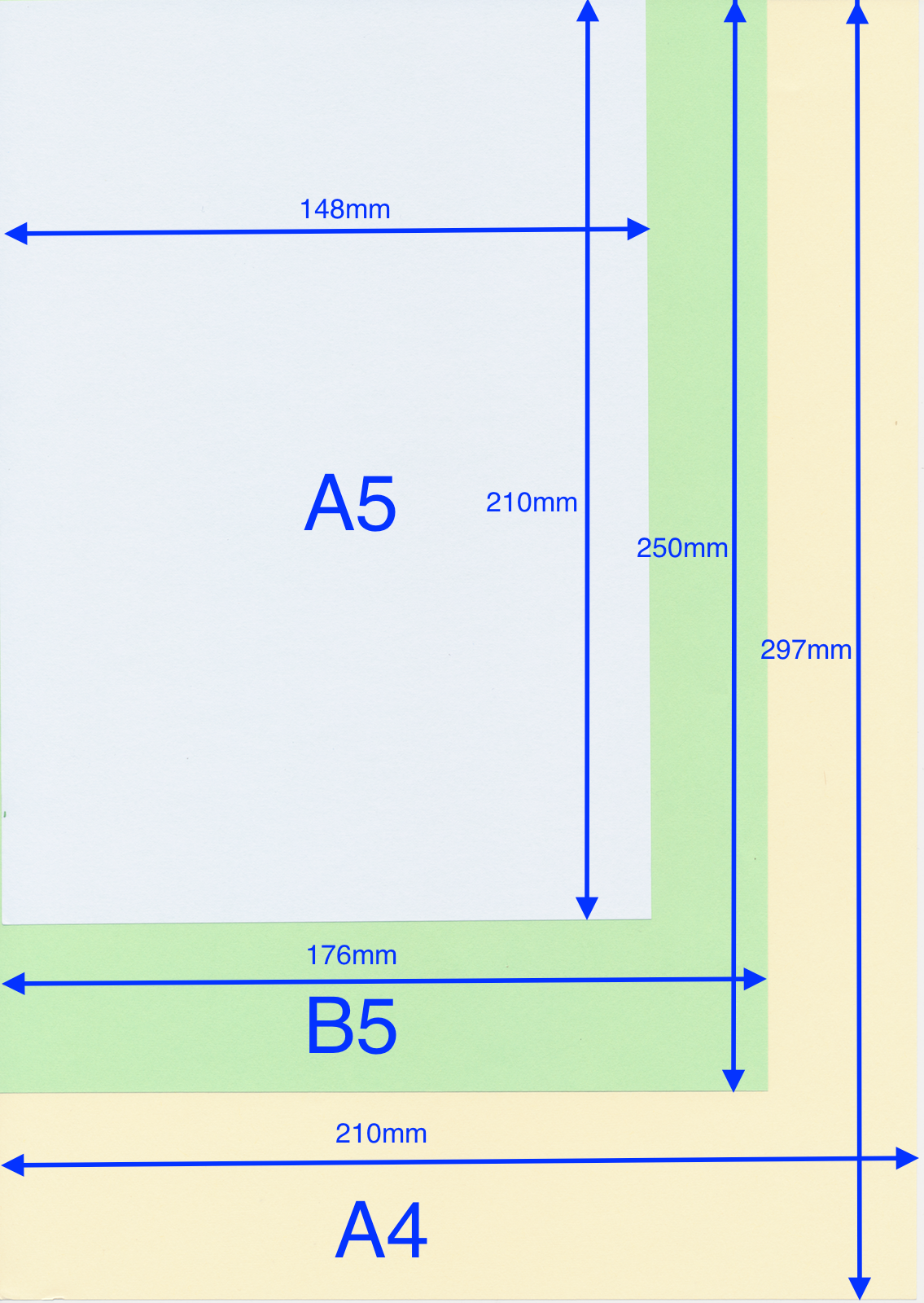In the world of stationery, paper sizes play a crucial role in both functionality and aesthetics. Among the various paper dimensions available, the B5 and A5 sizes are particularly popular for notebooks, planners, and printing purposes. Understanding the differences between B5 and A5 can help you make informed decisions when selecting the right paper for your needs. This article delves into the characteristics of B5 and A5 paper sizes, comparing their dimensions, uses, and advantages, so you can choose the one that best fits your requirements.
With a variety of applications, from academic to professional, the choice between B5 and A5 can impact how you organize your notes, documents, or creative materials. Both sizes have their unique attributes that cater to different preferences and needs. Therefore, knowing the distinctions can significantly enhance your efficiency and productivity.
Whether you are a student, a professional, or someone who enjoys journaling, understanding the B5 vs A5 debate can help you optimize your writing experience. This article will guide you through the essential aspects of these paper sizes, enabling you to select the one that aligns perfectly with your style and requirements.
What Are the Dimensions of B5 and A5 Paper Sizes?
The dimensions of B5 and A5 paper sizes are essential to understanding their respective uses. The A5 size measures 148 mm x 210 mm (5.8 inches x 8.3 inches), while the B5 size measures 176 mm x 250 mm (6.9 inches x 9.8 inches). The key difference in size can impact how much information you can fit on a page and the overall portability of your materials.
How Do B5 and A5 Compare in Terms of Usage?
Both B5 and A5 sizes are commonly used in various applications, but they cater to different preferences:
- A5: Ideal for personal journals, planners, and compact notebooks.
- B5: Preferred for textbooks, workbooks, and documents that require more space for writing.
Which Size is More Portable: B5 or A5?
When it comes to portability, A5 is generally considered the more convenient option. Its smaller dimensions make it easier to carry in bags, purses, or backpacks. However, B5's additional space can be beneficial for those who value having more room to write and sketch.
What Are the Advantages of Using B5 Paper?
B5 paper offers several advantages that may make it the preferred choice for certain users:
- More Writing Space: The larger size allows for more extensive notes, diagrams, or sketches.
- Visual Appeal: B5 paper can provide a more professional look for presentations and documents.
- Flexibility: Suitable for a variety of uses including sketching, journaling, or academic work.
What Are the Benefits of Choosing A5 Paper?
A5 paper also has its unique advantages that cater to specific needs:
- Compact Size: Its smaller size makes it easy to transport and store.
- Cost-Effective: A5 notebooks and planners are often cheaper and more widely available.
- Versatility: Perfect for quick notes, to-do lists, and personal journaling.
How Does the B5 vs A5 Debate Affect Your Choice?
The choice between B5 and A5 ultimately depends on your individual needs and preferences. If you prioritize portability and convenience, A5 may be the better option. Conversely, if you require more writing space and versatility, B5 could be the ideal choice.
What Other Paper Sizes Should You Consider?
While B5 and A5 are popular choices, several other paper sizes are worth considering:
- A4: Commonly used for printing and office documents, measuring 210 mm x 297 mm.
- B4: A larger size than B5, perfect for documents that require more room.
- Letter: Standard in the US, measuring 8.5 inches x 11 inches, often used in business settings.
What Should You Keep in Mind When Choosing Between B5 and A5?
When making your choice, consider the following:
- Your specific use case (journaling, note-taking, etc.).
- How much writing space you typically need.
- Your preference for portability and convenience.
- Your budget and availability of the paper sizes in your area.
Can You Use B5 and A5 Together?
Absolutely! Many people find that using both sizes can be beneficial. For instance, you could use A5 for daily notes and tasks while reserving B5 for larger projects or more detailed documentation.
You Might Also Like
Exploring The Diverse World Of Electronic Music GenresExploring The Rich History Of The Old German Capital
Unveiling The Secrets Of Natural Stain Removers: Eco-Friendly Solutions For Every Household
Exploring The Intricacies Of Double Penetration Sex: A Comprehensive Guide
Unleashing The Power Of The Volkswagen Vento Car
Article Recommendations
- Kim Nam Gil
- Noel Fielding Relationships
- Gwen Stefani
- Does Tulsi Gabbard Have Children
- Barron Trump And Girlfriend
- Annette Badland
- John Nettles
- Michael Galeotti
- Jessica Tarlov First Husband
- Gerard Butler Wife


